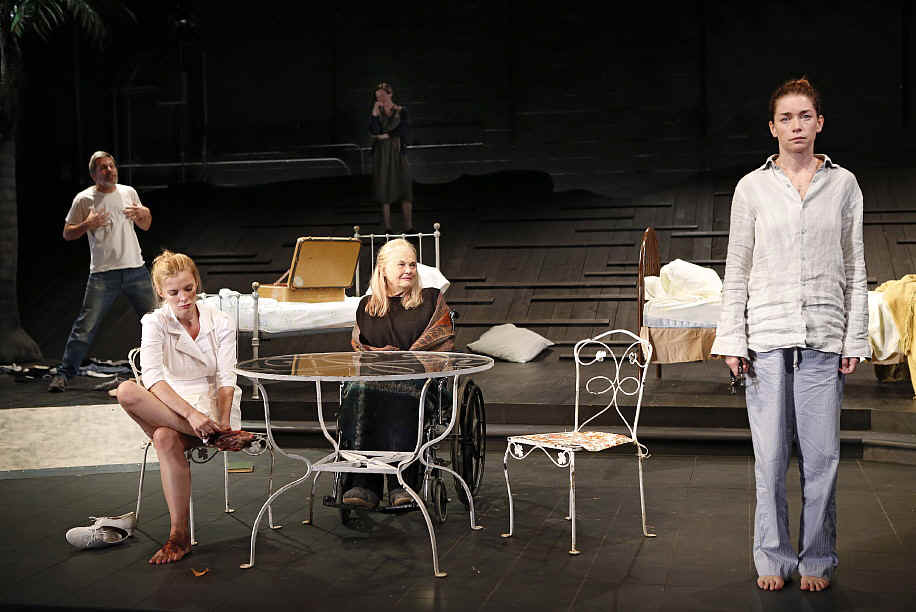|
|
|
|
|
|
|
|
|
|
|
|
|
|
|
PLAYWRITING |
|
Some
I borrowed from Murray Mednick or Maria Irene Fornés at The
second exercise is linked to space. To go write the scene
sitting in a tree. Or buried up to your chest in beach sand,
or stretched out under the house by the light of a flashlight.
Fornés used to love different versions of this. It’s really
about listening to your body, in a sense. That a certain
discomfort will push the brain to say something—and usually
not directly. Which is the point. The
third is to write a short one-act, all interiors, in which you
must know the weather without anyone ever mentioning it (or
entering shaking off their umbrella). Another
exercise—and I use this all the time—is to have a student
read a scene. Then once everyone in the class makes their
comments, I ask the author to draw a red line through every
other sentence. Then we re-read it. It’s always better, 100
percent of the time. It’s striking just how much better.
Suddenly the actor has space—he or she can react, can
listen. And it’s amazing how coherent the scene remains.
Why? Well, as you well know, because the actor is there
filling it in. That’s what good actors do. But
I think really, among my favorites, is to insist that the main
character be offstage, though it is allowed to hear his or her
voice. This is all about getting out of your head. Every time
I do one of these exercises, I try to emphasize that the
writer must let go, stop owning it all. Stop owning any of it.
Found text and specialized occupational vocabularies also
sensitize one to the “sound” of words, of grammar. Often a
fatal problem for young writers is that everyone sounds the
same. And that’s exactly like the author.
|
